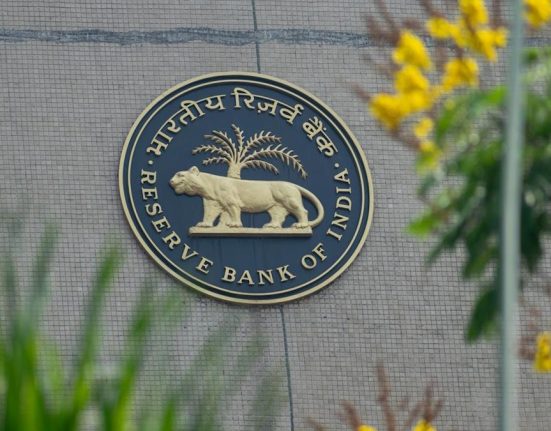The financial landscape is undergoing a significant transformation as fintechs and traditional banks increasingly converge, forging a dynamic new ecosystem. This fusion, characterised by blurred lines and innovative hybrid models, presents both exciting opportunities and novel risks.
From neobanks expanding their offerings to fintechs acquiring bank charters, this evolving space promises enhanced customer experiences and new revenue streams. However, navigating this new and ever-evolving landscape poses considerable challenges for fintechs venturing into banking. Understanding these opportunities and, more importantly, the inherent risks is crucial for stakeholders in this burgeoning fintech-banking fusion.
Hybrid financial companies blend fintech agility with traditional banking stability. Neobanks, for instance, started out purely digital, but many now offer checking accounts, savings options, and loans. Examples include Chime and Revolut, both of which expanded into traditional banking territory. Fintechs acquiring bank charters — like SoFi — demonstrate another hybrid model, mixing innovation with regulatory credibility.
It’s worth noting that the motivations of fintechs and banks vary. Fintechs want customers and stable income, turning occasional app users into loyal banking clients. Banks, meanwhile, seek fresh ideas and new customers, particularly younger demographics drawn to digital convenience.
Hybrid finance provides customers with smoother, tailored experiences. Instead of separate banking and payment apps, imagine an app managing all financial needs — spending, saving, investing — in one spot. That simplicity boosts satisfaction.
Fintech companies gain significant advantages by tapping existing bank infrastructure. This gives them instant access to wide customer networks, speeding growth without massive investments in physical branches or compliance systems.
High Yield Savings Offers
This fusion unlocks new ways to make money. Fintechs that offer loans, insurance, or investments alongside basic banking earn revenue from multiple streams. Customers get convenience, fintechs boost earnings — it’s a win-win scenario.
Finally, the agility fintech brings to traditional banking operations creates efficiency. Fintechs quickly test new ideas and streamline outdated processes, helping banks become leaner and faster. This pushes the financial industry forward, ensuring innovation becomes a standard part of banking’s future.
The high stakes for fintechs entering banking involve navigating a complex regulatory landscape, managing significant operational risks, addressing potential financial instability, and safeguarding against reputational damage. Let’s explore these risks in more detail.



